Bursa is a city of artisans. From woven silks to shadow puppetry, the variety and expertise is astounding. One of Bursa’s most unique historical artforms is found in the ceramic studios of Iznik.
During one of our visits to Iznik, we decided to browse the Iznik Porcelain China Museum (İznik Çini Müzesi). As we toured the exhibits, we were exposed to the progression of ceramic styles dating back to the early 13th century. Each element, from the clay components to the paint colors and flower choices offers insight into the time period of the ceramic piece.
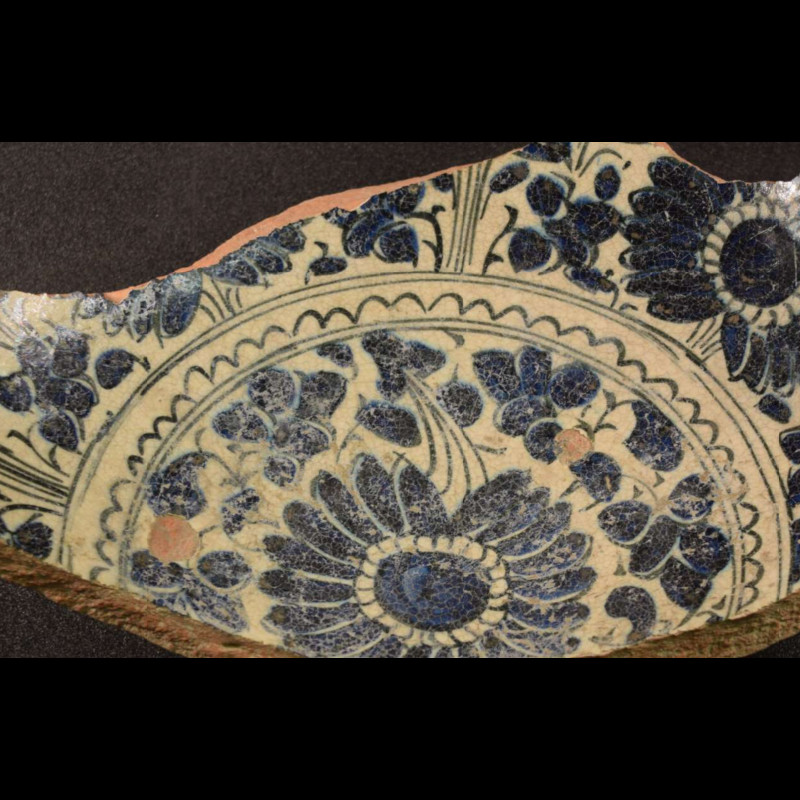
Early years: Miletus Ware
Extensive excavations in Turkey have discovered a type of pottery that has been titled Miletus Ware. “Miletus ware used a red clay body covered with a white slip which was painted with simple designs under a transparent alkaline lead glaze. The designs were usually in dark cobalt blue but also sometimes in turquoise, purple and green. Many dishes have a central rosette surrounded by concentric bands of gadroons.” 1 2
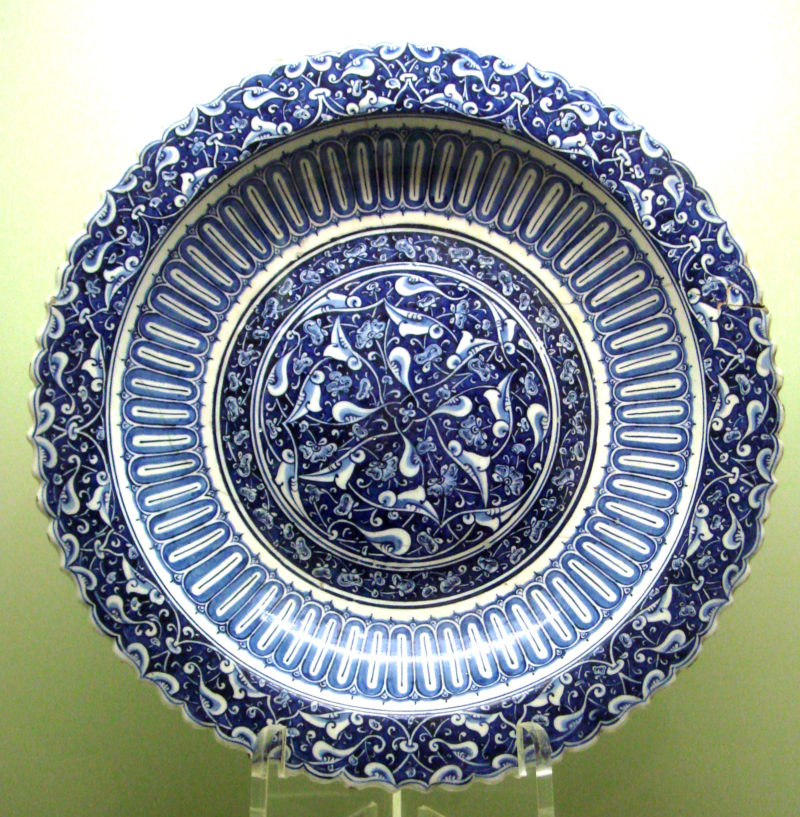
1480-1520 AD: Blue and White
With a heavy Chinese influence from the Ottoman court in Istanbul, ceramics produced in this timeframe were primarily blue and white. They featured varieties of lotus floral patterns as well as arabesque motifs. Later in this timeframe, ceramic production came under the patronage of Suleyman the Magnificent. During his reign, the demand for ceramics increased and motifs began to include elements such as ships, animals, trees, and new varieties of flowers (tulips, carnations, hyacinths, and roses). 3
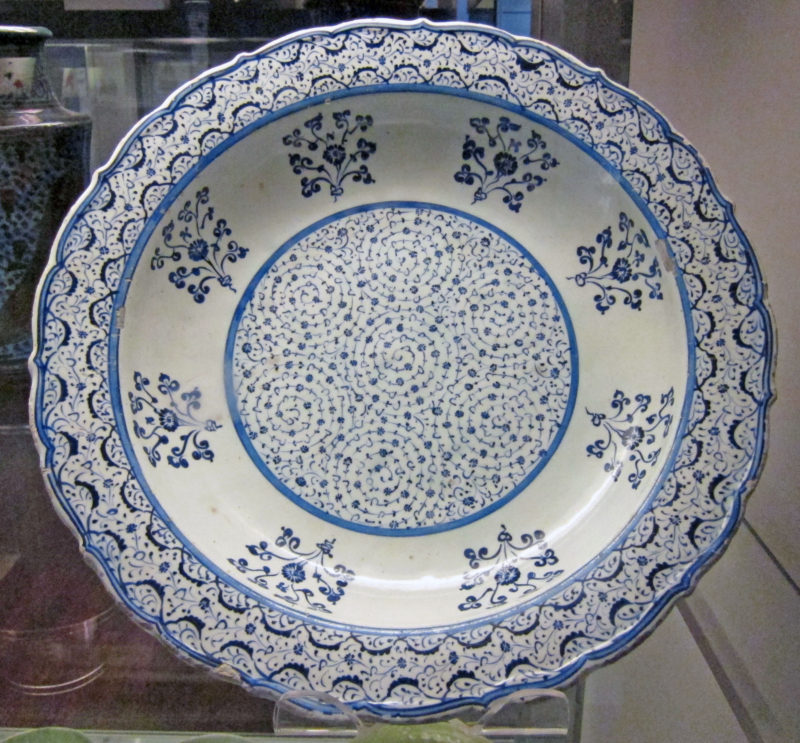
1520-1550 AD: Golden Horn Ware
This period’s style continued the blue and white theme, but refined the designs to feature thin spiraling vines with delicate leaves. Another change during this time included the introduction of turquoise.4 Potters developed more speedy, symmetrical designs that have been referred to as “the potter’s style”.5
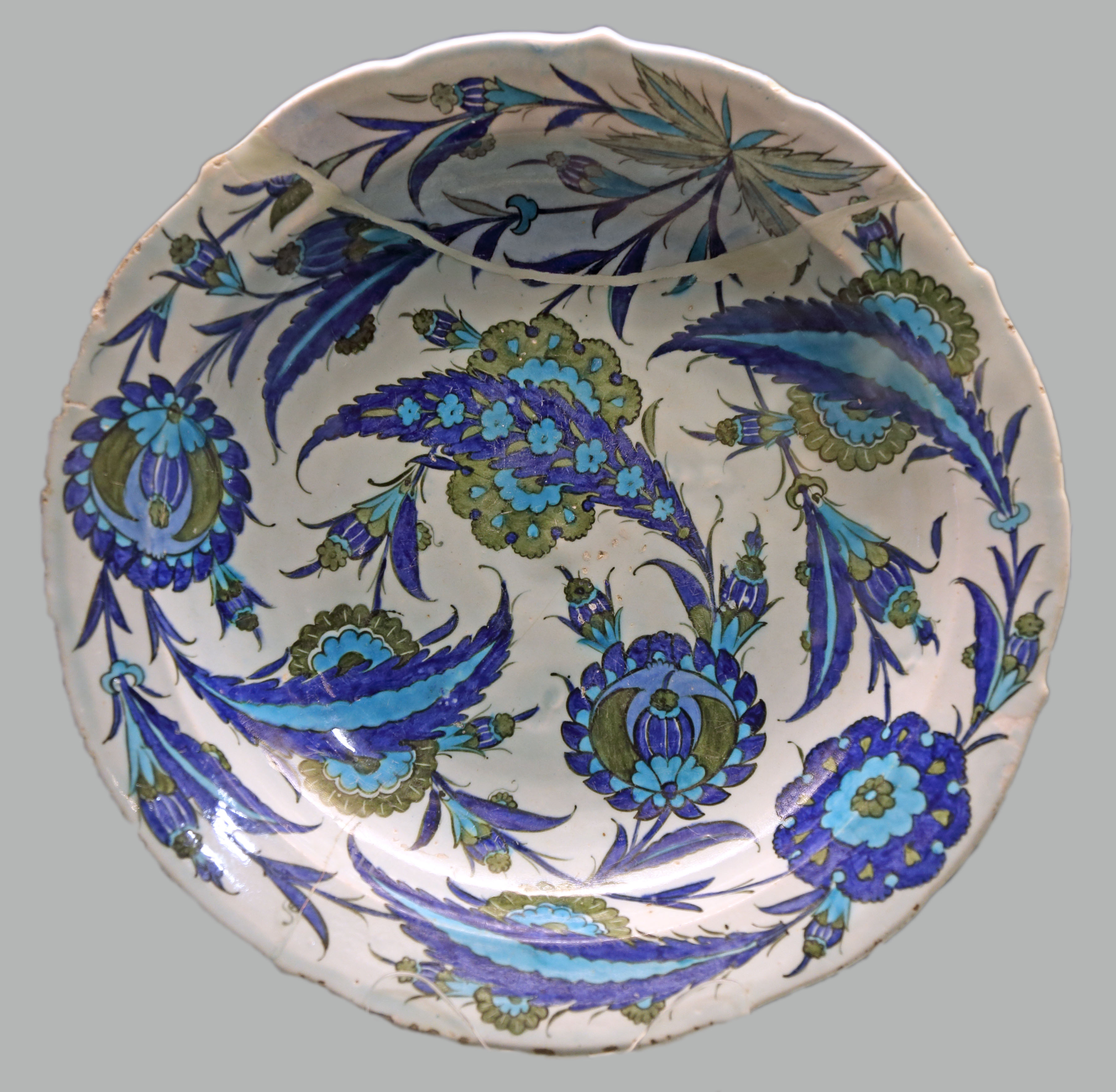
1530-1555 AD: Damascus Ware
More colors continued to be featured on painters’ pallets, including manganese purple and olive green. “This period is still sometimes referred to as the “Damascus phase” as this colour scheme is similar to that found in tiles and vessels produced in Damascus in the Ottoman era.”6 The saz style, “…style in which a long, serrated saz leaf, dynamically arranged, is balanced by static rosette forms…”7, was introduced in the earlier 15th century, but grew in popularity during this time. These often circular patterns began to feature more elements like artichokes and pomegranates.8
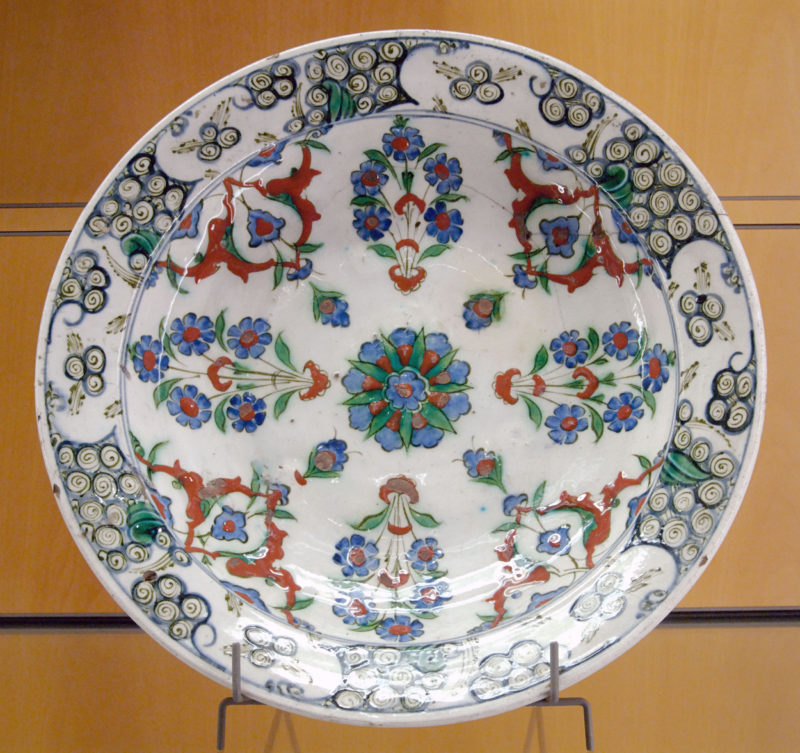
1560-1600 AD: Polychromatic Ceramics
This period was the peak of ceramic production. With the demand for tiles in buildings, mosques, and mausoleums dramatically increasing, artists drastically expanded their styles and palettes. New colors were added, including deep turquoise, emerald green, black and vibrant red.9
1600-1700 AD: Decline
The decline of the Ottoman empire also brought on a decline in Iznik ceramics. Inflation and economic struggles plus an increase in the import of Chinese pottery dramatically decreased the demand. Kilns were closed and for those that remained, the quality decreased.10
İznik Çini Müzesi /
Iznik Porcelain China Museum
Address: Beyler, 16860 İznik/Bursa, Turkey
Check back soon for our follow up article on Iznik Ceramics where we introduce you to some local artists!
1 https://quartzceramics.com/content/turkish-ceramics-iznik-tiles-12
2 https://www.britishmuseum.org/collection/object/W_OA-936
3 https://en.wikipedia.org/wiki/Iznik_pottery#:~:text=Iznik%20pottery%2C%20or%20Iznik%20ware,end%20of%20the%2017th%20century
4 https://www.christies.com/features/Iznik-Pottery-Collecting-Guide-7183-1.aspx
5 http://www.ceramopolis.com/?page_id=473
6 http://www.iznikclassics.com/en/content/history-iznik-around-the-world-s74
7 https://quartzceramics.com/content/turkish-ceramics-iznik-tiles-12
8 https://www.christies.com/features/Iznik-Pottery-Collecting-Guide-7183-1.aspx
9 https://www.christies.com/features/Iznik-Pottery-Collecting-Guide-7183-1.aspx)
10 https://ceramica.fandom.com/wiki/%C4%B0znik_pottery
11 http://www.olay53.com/haber/dunyaca-unlu-iznik-cinisi-bu-muzede-tanitilacak-657996.htm (overhead museum image)

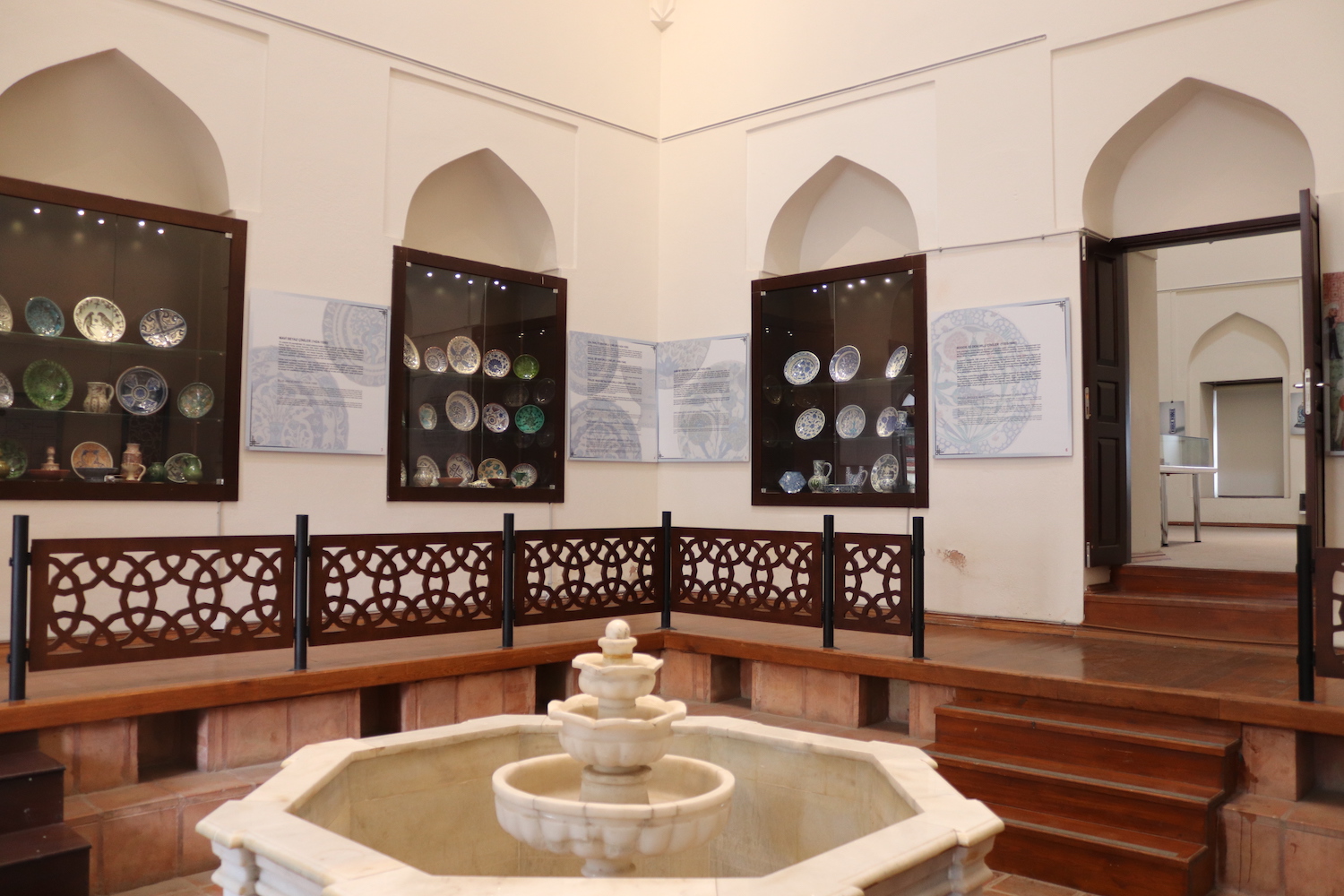
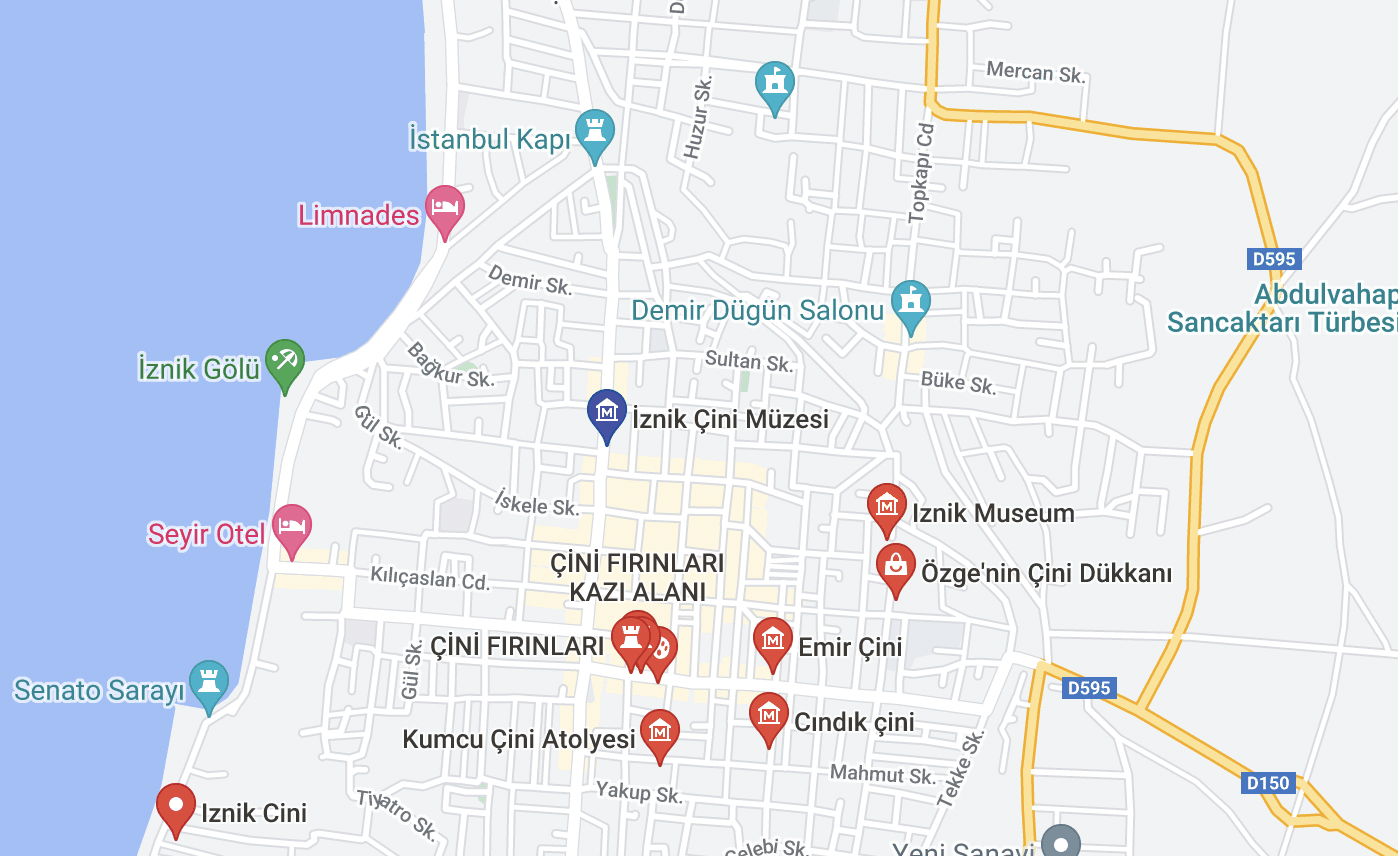
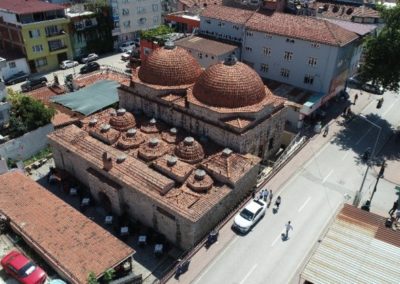
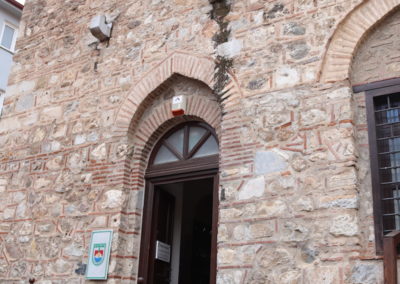
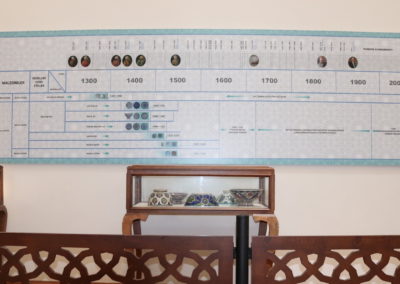
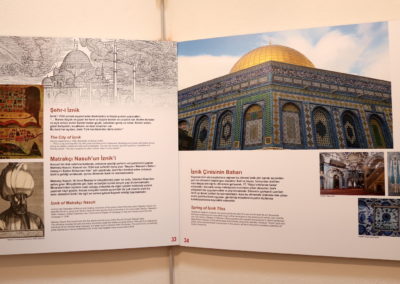
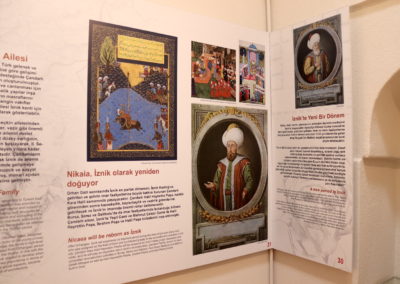
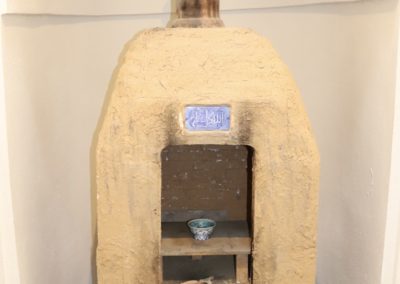
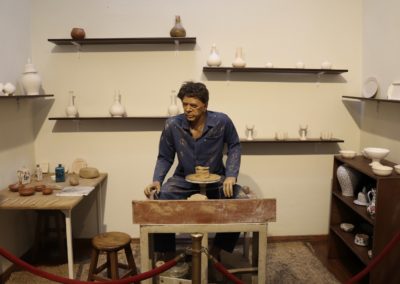
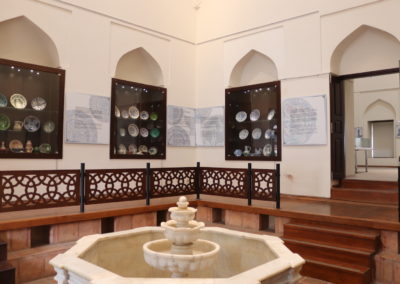

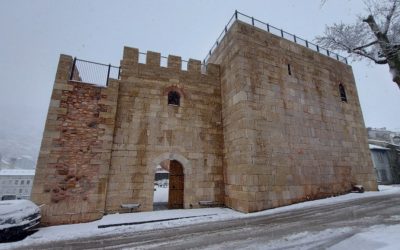
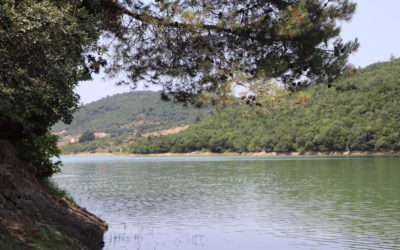
thank you for post it was useful